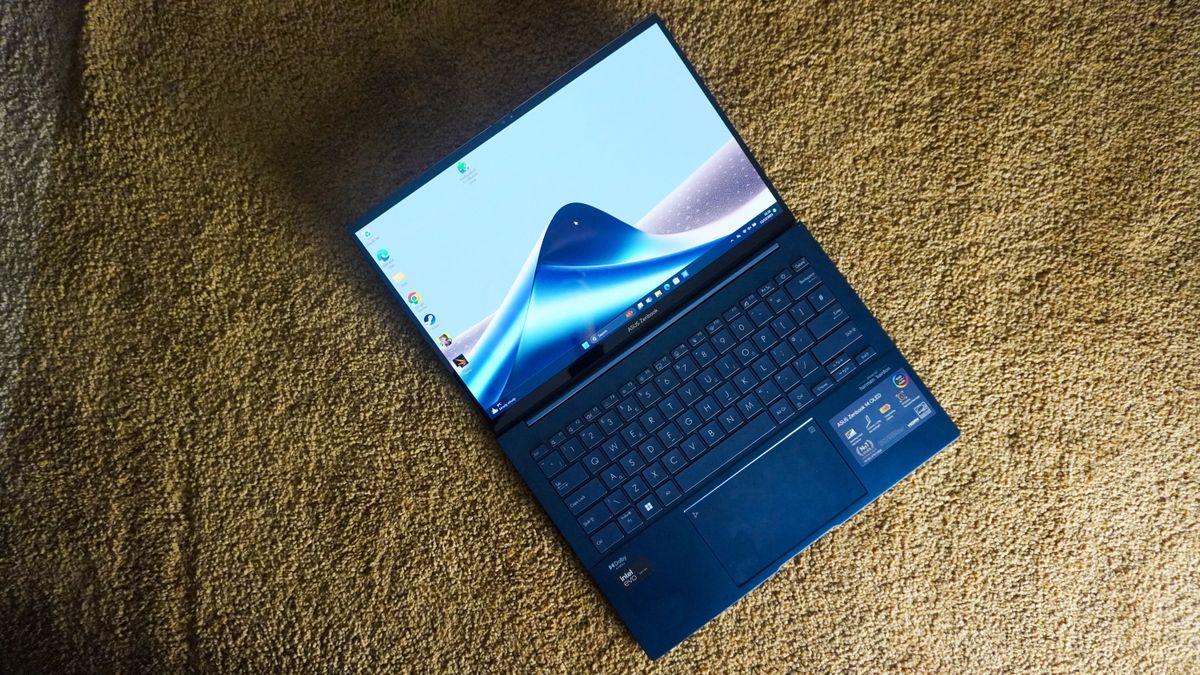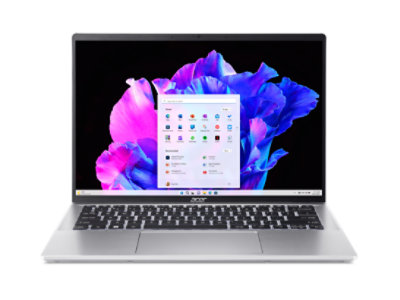(Reuters) - Intel Chief Executive Pat Gelsinger on Thursday said the company has no plans to spin out its contract chip manufacturing business.
Gelsinger has moved Intel's manufacturing unit into what is now called Intel Foundry Services (IFS) that operates as a business within Intel. IFS will break out financials beginning in the second quarter of next year, Gelsinger said.
Intel isn't yet prepared to break out IFS into a separate entity and list it, as it did with its Mobileye autonomous driving business and plans to with the programmable chip unit in the next two to three years.
"The idea of the internal foundry model, we think, is the right path for us in the current environment," Gelsinger said in an interview with Reuters.
In some ways, Intel already operates two separate companies - a chip design business and a factory unit - in part to give its IFS customers confidence that Intel is a "clean supplier" of manufacturing capacity, Gelsinger said.
For the moment, there are distinct advantages by operating together, in part because most of the factory capacity is used by Intel at the moment, the CEO said.
Gelsinger made the comments about Intel's manufacturing business at an event in New York that focused on PC chips with artificial intelligence features.
Running AI applications from far away data centers is too costly for the likes of Microsoft and will have to be run on local PCs, Gelsinger said.
"There isn't any possible way that they can have a billion Windows devices hitting Azure to be running these workloads in real time," Gelsinger said.
To make the economics work, the Intel CEO said Microsoft would need to achieve a 100-to-one reduction in the amount of data flowing between the cloud giant's data centers and PCs.

Intel chief ready to go it alone on chip manufacturing
Intel Chief Executive Pat Gelsinger on Thursday said the company has no plans to spin out its contract chip manufacturing business. Gelsinger has moved Intel's manufacturing unit into what is now called Intel Foundry Services (IFS) that operates as a business within Intel. IFS will break out...



